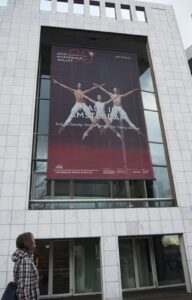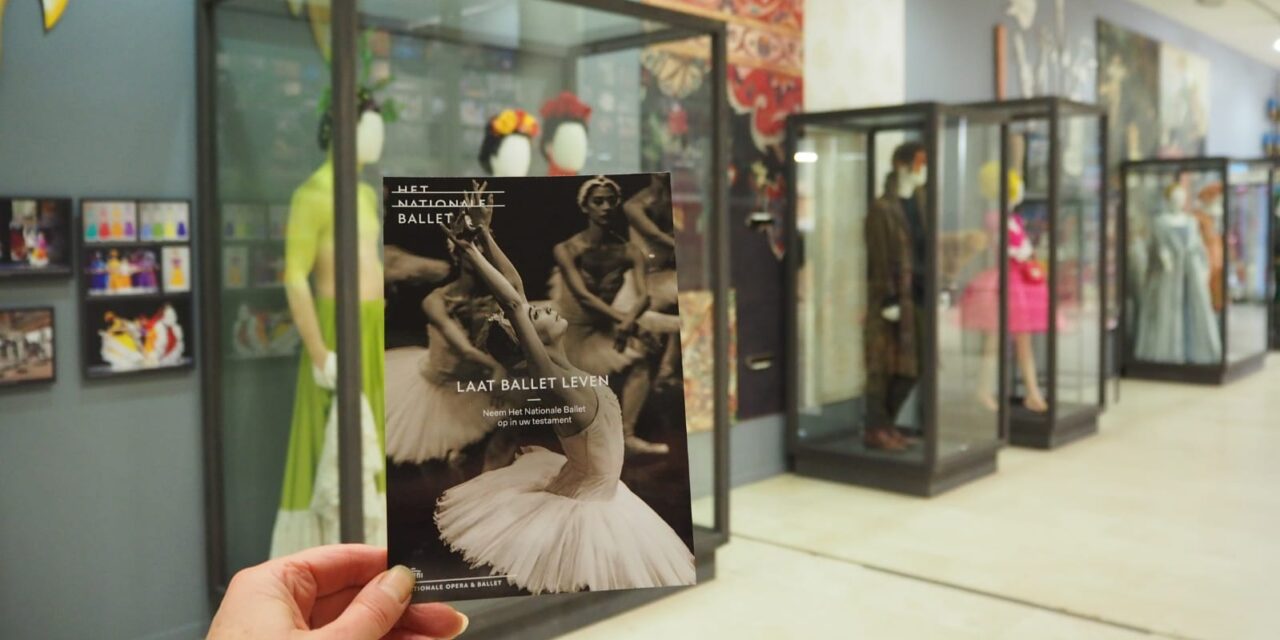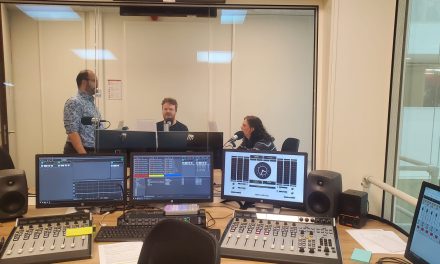With museums and other cultural institutions radically changing their ways to become more diverse and inclusive, the classical ballet institutions must not be left behind. However, implementing these changes is more difficult than it seems, as 300-year-old traditions and stereotypes are hard to break with.
Dario Elia has danced with the Dutch National Ballet for 10 years and is now teaching a new generation of professional ballet dancers, at the National Ballet Academy. He explained that the Dutch National Ballet already consisted of many different nationalities when he first started there. “In Italy, I was in La Scala, where everybody was Italian. They don’t need to hire anybody from other countries and they don’t want to, because they want to promote their own school. So I was already quite impressed with the Dutch ballet.”

Photo by Noëmi Kramer
Nowadays, the Dutch National Ballet is actively trying to make the organization more diverse, by providing workshops for the dancers and crew, to be more open minded. “We’ve had dancers of color advocating for diversity, like Michaela DePrince, who was here for along time. She tried to promote this as much as possible, to get a change happening” The Dutch National Ballet has been an active participant of Black Achievement Month, a month-long festival where creators with African roots get to show their talents. “There is a lot of change going on. The National Ballet tries to hire a lot more female choreographers and stage directors and dancers of color. Productions are analyzed more, compared to before, as to not offend anyone.”
The National Ballet Academy is also trying to change traditional stereotypes and ways of thinking in ballet. “We’ve had a lot of courses from a person of color, Theresa Ruth Howard of MoBBallet. It was good to hear her perspective. But there are a lot of older teachers who have been teaching in a certain way for a long time. It’s difficult for them to switch to new ways. For me and other young teachers it’s much easier. We can adapt and learn how to handle topics like this.” The students of the Ballet Academy have courses and workshops about diversity and inclusion and there is always room to talk about these topics with teachers and other students alike.
But when we look at the dancers on stage, we do not yet see the diversity that is preached behind the scenes. Part of the reason for this could be because of the classical ballet plays and the stereotypes that come with it. “Ballet is a really old art. When we recreate a story on stage we play certain characters, the way they are described in the stories. When portraying a story from 1842 for example, the female lead is described as a tiny girl, while the prince is a muscular guy. These are stereotypes that were normal in the 1840’s. Rewriting these stories would erase a part of the classical ballet.”
To make classical ballet more diverse and appealing to larger audiences, choreographers are coming up with new plays that fit into the values of modern-day society. “Right now, there are a lot of new, classical choreographers, where the same roles can be played by a man and a woman. I have danced the part of a girl in modern productions. Modern ballet is more progressive, but that doesn’t mean that the classical way of ballet should disappear. Making this art more diverse is a work in progress that is going to take a lot of years.”




